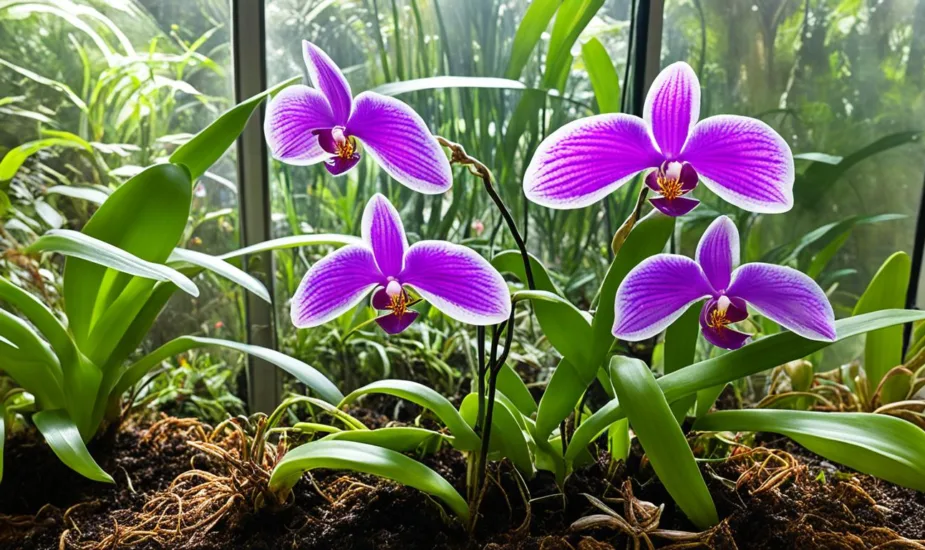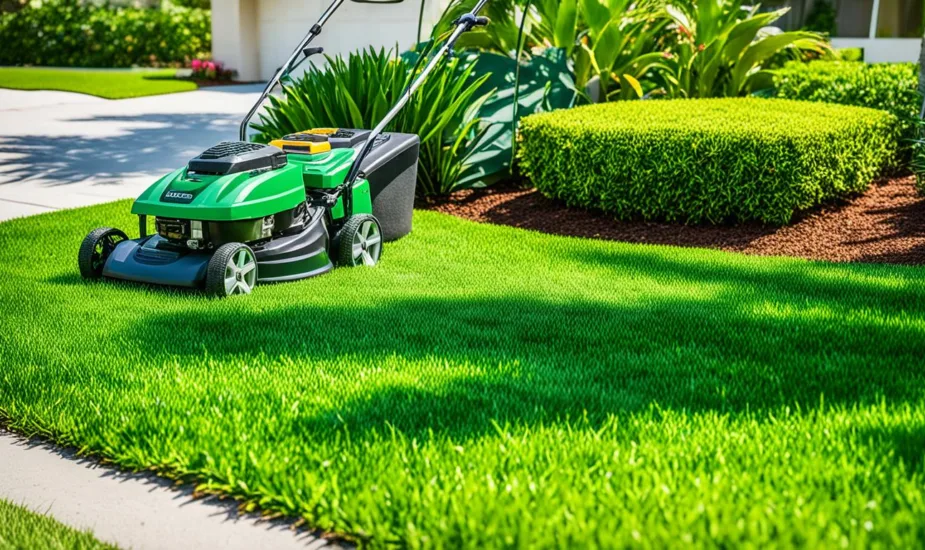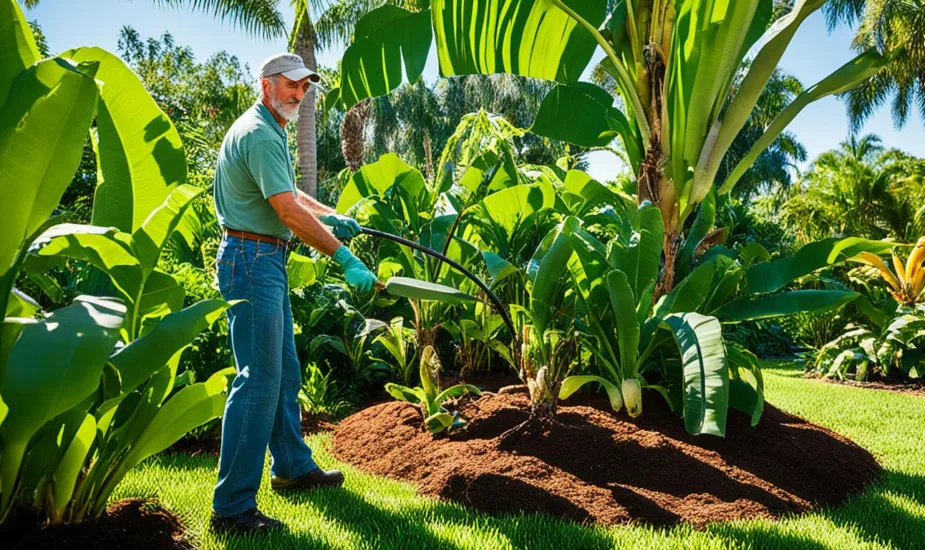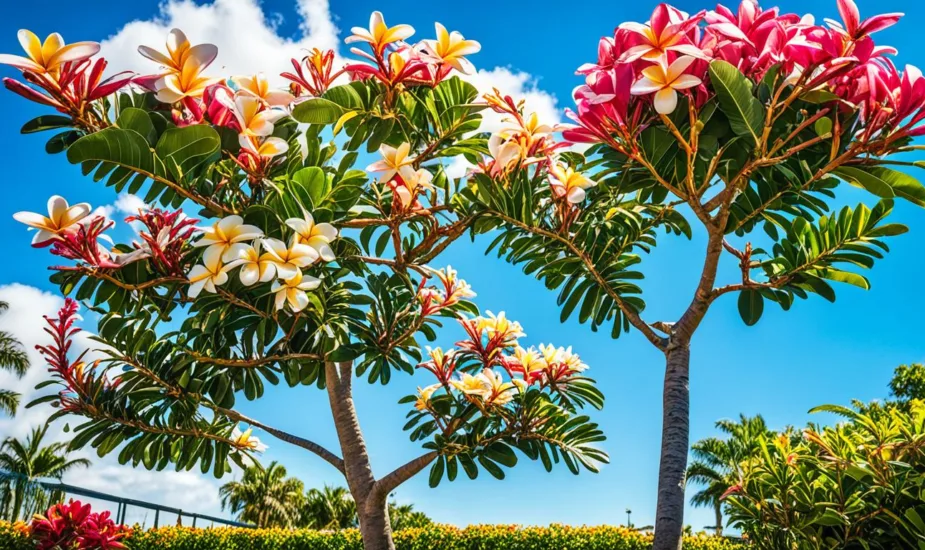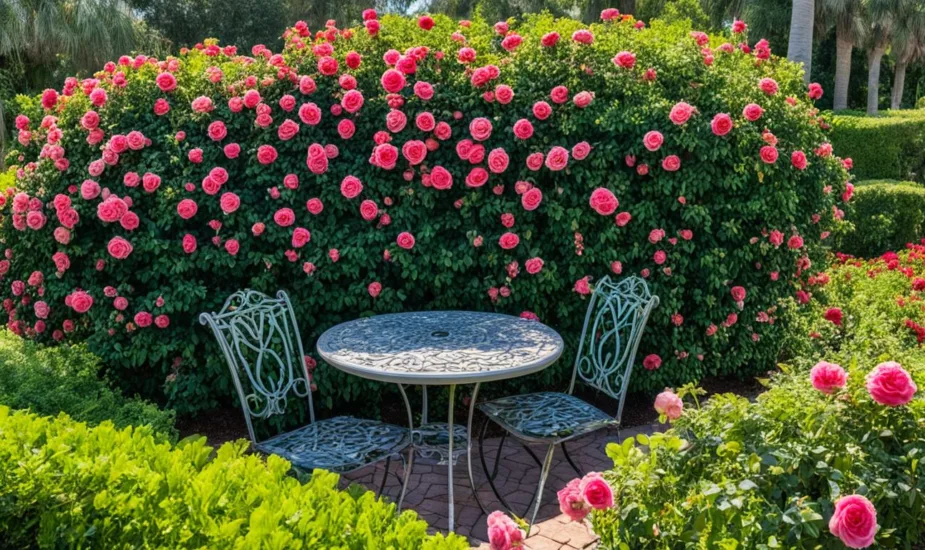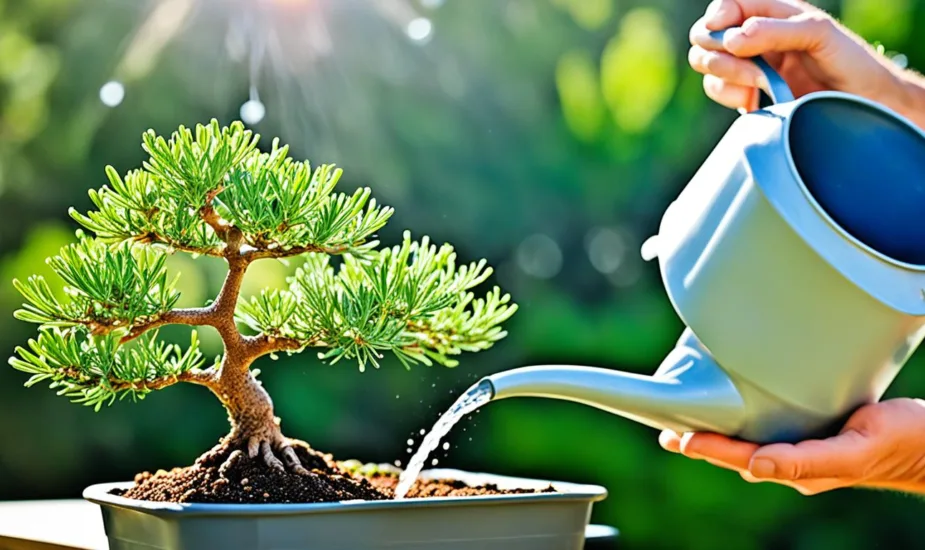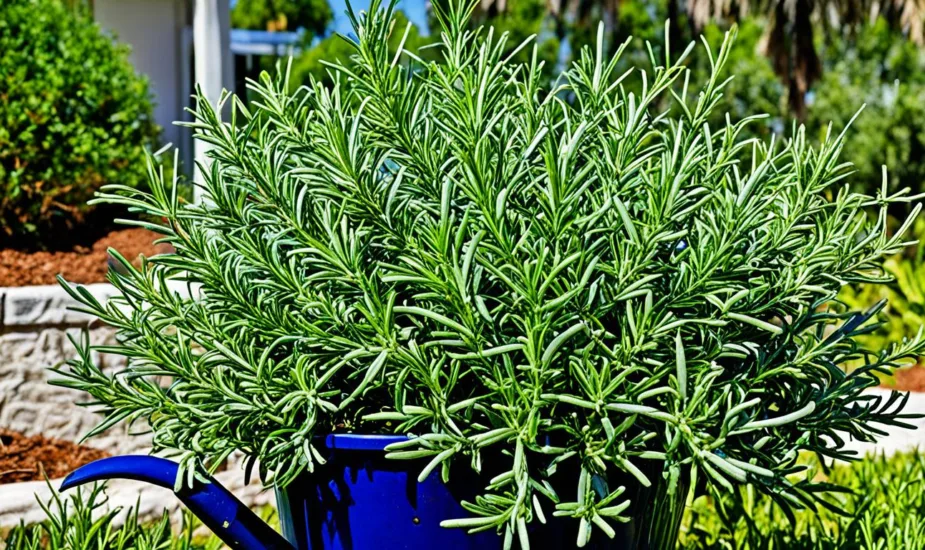Mango Tree Care Guide & Tips for Florida
Discover essential tips for mango tree care in Florida, ensuring healthy growth and bountiful harvests. Learn proper maintenance practices here.
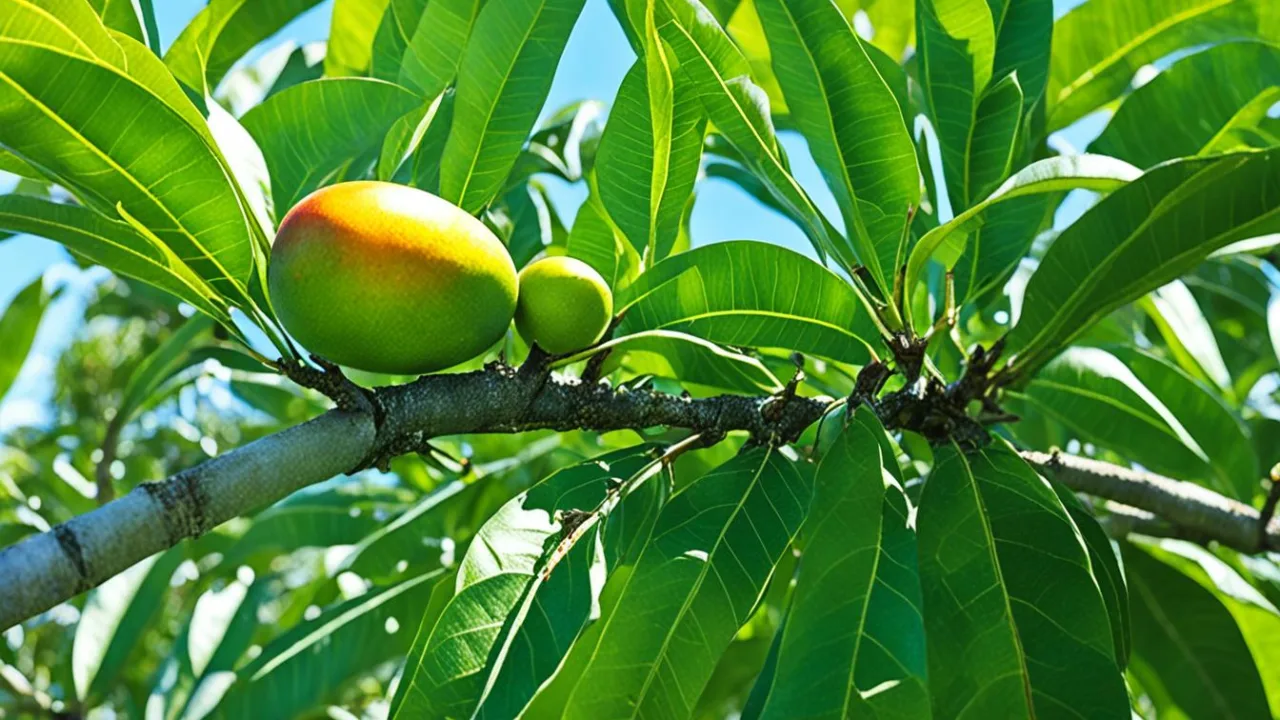
Hey there, fellow garden enthusiasts! Today, I want to share with you my journey of caring for mango trees in the sunny state of Florida. It all started when I decided to create my own tropical oasis right in my backyard. Being a big fan of mangoes, it was only natural for me to dive into the world of mango tree care.
Living in Florida, where the climate is warm and favorable for growing mangoes, I knew I was in the perfect location to embark on this fruity adventure. With a little research and a lot of love, I discovered the best practices for mango tree maintenance in the unique Florida environment.
As I planted my first mango sapling, excitement filled my heart. Little did I know that nurturing a mango tree would not only provide me with delicious fruits but also become a rewarding experience in itself. Understanding the specific needs of mango trees and implementing proper care was crucial for their successful growth and bountiful harvests.
Mango Tree Description and Varieties
When it comes to mango trees, they are not only evergreen but also impressive in size, capable of reaching heights ranging from 30 to 100 feet. The leaves of a mango tree are lanceolate, which means they are long and slender with a pointed tip. These leathery leaves have an average lifespan of up to five years, ensuring a lush and vibrant canopy throughout the seasons.
The mango tree’s flowers are small and delicately hued with a pinkish-white coloration. Interestingly, the majority of these flowers are staminate, also known as male flowers, which produce pollen necessary for fertilization. This unique characteristic makes mango trees classified as monoecious, meaning they have separate male and female flowers on the same tree.
Now, let’s talk about the star of the show—the mango fruit itself. Classified as drupes, mangoes come in a variety of shapes, sizes, and colors, all dependent on the specific mango variety. From the vibrant red-skinned Tommy Atkins to the golden yellow Kent and the small, green-skinned Keitt, each mango cultivar offers a unique flavor profile and texture that tantalize taste buds.
When it comes to mango seeds, there are two types: monoembryonic and polyembryonic. Monoembryonic seeds produce genetically identical trees, while polyembryonic seeds create hybrid trees with a mixture of traits. The ability of polyembryonic seeds to create diverse and unique trees makes them highly desirable for cultivars and commercial production.
Mango Varieties in Florida
In the sun-drenched state of Florida, mango enthusiasts are treated to a diverse range of mango varieties, each with its own distinct characteristics and fruit quality. Here are some of the popular mango cultivars you can find in Florida:
- Tommy Atkins: Recognizable by its deep red skin and mild, sweet flavor.
- Kent: This variety boasts a smooth texture, rich aroma, and sweet taste.
- Keitt: Known for its large size and tart flavor that mellows as the fruit ripens.
- Haden: Considered the “father” of Florida mangoes, it offers a balanced sweetness and fiber-free flesh.
| Mango Variety | Fruit Color | Flavor Profile |
|---|---|---|
| Tommy Atkins | Red | Mild and sweet |
| Kent | Yellow | Rich aroma and sweet taste |
| Keitt | Green | Tart flavor that mellows when ripe |
| Haden | Red and green | Balanced sweetness and fiber-free flesh |
These are just a handful of the many mango varieties you can find in Florida. Each mango cultivar offers its own unique taste and appearance, making the world of mangoes a truly delightful and diverse one.
Mango Tree Care and Maintenance
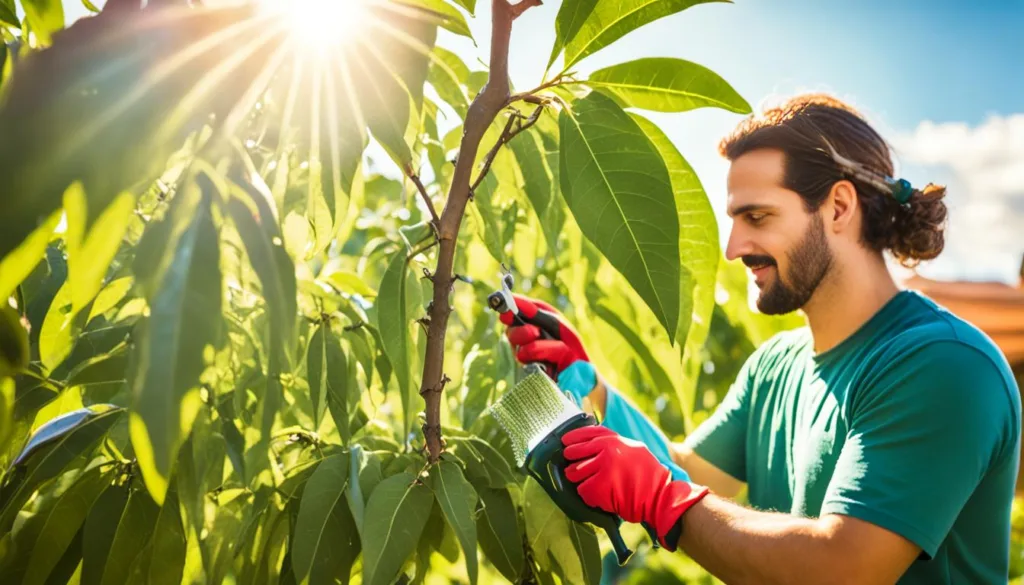
Proper care and maintenance are crucial for the successful growth of mango trees in Florida. Here are some essential tips to keep your mango tree healthy and thriving:
Mango Tree Pruning Tips
Regular pruning is recommended to control the size and shape of the tree, as well as to remove dead or damaged branches. Pruning should be done during the dormant season, usually in late winter or early spring. Use clean, sharp pruning shears to make clean cuts at a 45-degree angle, just above a bud or lateral branch.
Fertilizer for Mango Trees in Florida
Fertilizing the tree with a balanced slow-release fertilizer is essential for healthy growth and fruit production. Apply the fertilizer according to the manufacturer’s instructions, usually once or twice a year. Choose a fertilizer specifically formulated for fruit trees and high in potassium to promote flower and fruit development.
Controlling Pests on Mango Trees
It is important to control pests, such as aphids and fruit flies, to prevent damage to the fruit. Regularly inspect your mango tree for signs of pest infestation, such as curled leaves, sticky residue, or discolored fruit. Use organic or chemical pesticides as necessary, following the instructions carefully to avoid harming beneficial insects and pollinators.
Watering Schedule for Mango Trees
Mango trees require regular watering, especially during the warmer months, but care should be taken not to overwater as it can lead to root rot. Water deeply and thoroughly, ensuring that the soil is moist but not saturated. A general rule of thumb is to water the tree every 7-10 days, increasing the frequency during hot, dry periods.
“Proper care and maintenance are crucial for the successful growth of mango trees in Florida.”
| Mango Tree Care and Maintenance | Frequency |
|---|---|
| Pruning | Once a year during the dormant season |
| Fertilizing | Once or twice a year, following manufacturer’s instructions |
| Pest control | As needed, regularly inspecting for signs of infestation |
| Watering | Every 7-10 days, adjusting for weather conditions |
Sun and Soil Requirements for Mango Trees
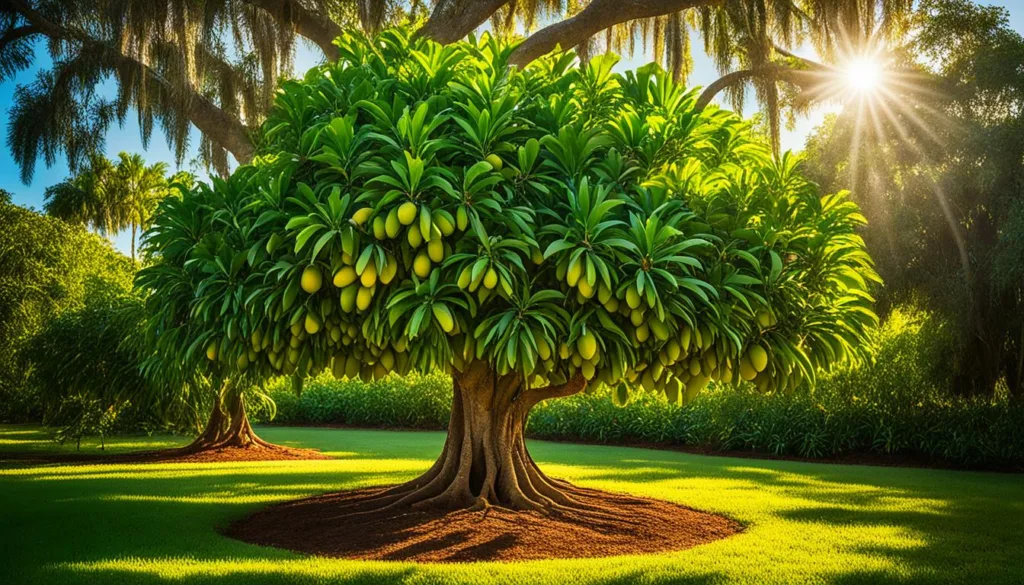
Mango trees require specific conditions to thrive and produce high-quality fruit. Understanding the sun and soil requirements is essential for successful mango tree cultivation. Here’s what you need to know:
Sun Requirements
Mango trees are sun-loving plants that require plenty of direct sunlight to flourish. In Florida, these trees thrive in full sun conditions. However, it’s important to note that young mango trees may benefit from some shade initially to protect them from intense heat or sunburn. As the trees mature, they can tolerate and benefit from a minimum of 6 hours of direct sunlight each day for optimal growth and fruit production. Providing adequate sunlight ensures that the mango tree develops a strong, healthy structure and produces abundant, flavorful fruit.
Soil Requirements
Mango trees can adapt to a wide range of soil types, including sandy, loam, and clay soils. The key factor for soil suitability is good drainage. It is crucial to avoid heavy, poorly drained soils that can lead to root rot and other moisture-related issues. If your soil retains excess water, amending it with organic matter, such as compost or mulch, can improve drainage and provide vital nutrients for the tree’s growth.
| Soil Type | Description |
|---|---|
| Sandy Soil | Loose and well-draining soil that warms up quickly. Suitable for mango trees with proper irrigation and fertilization. |
| Loam Soil | A balanced soil type that retains moisture while allowing excess water to drain. Ideal for mango trees, especially when amended with organic matter. |
| Clay Soil | A heavy soil type that retains water for extended periods. Not ideal for mango trees, but can be amended to improve drainage. |
By ensuring proper sun exposure and selecting well-drained soil, you create the ideal growing environment for your mango trees and maximize their growth potential. Remember to monitor soil moisture levels regularly and adjust irrigation accordingly to maintain the proper balance for healthy tree development.
Conclusion
Growing and caring for mango trees in Florida can be a rewarding experience. With proper care and maintenance, these trees can thrive and produce delicious fruits. It is important to choose the right mango varieties, provide adequate sunlight, well-drained soil, and proper watering and fertilization. Regular pruning and pest control are also essential for the health and productivity of the tree. Whether grown in backyard gardens or commercial orchards, mango trees add beauty and taste to the South Florida landscape.
 Little Garden Tips
Little Garden Tips




